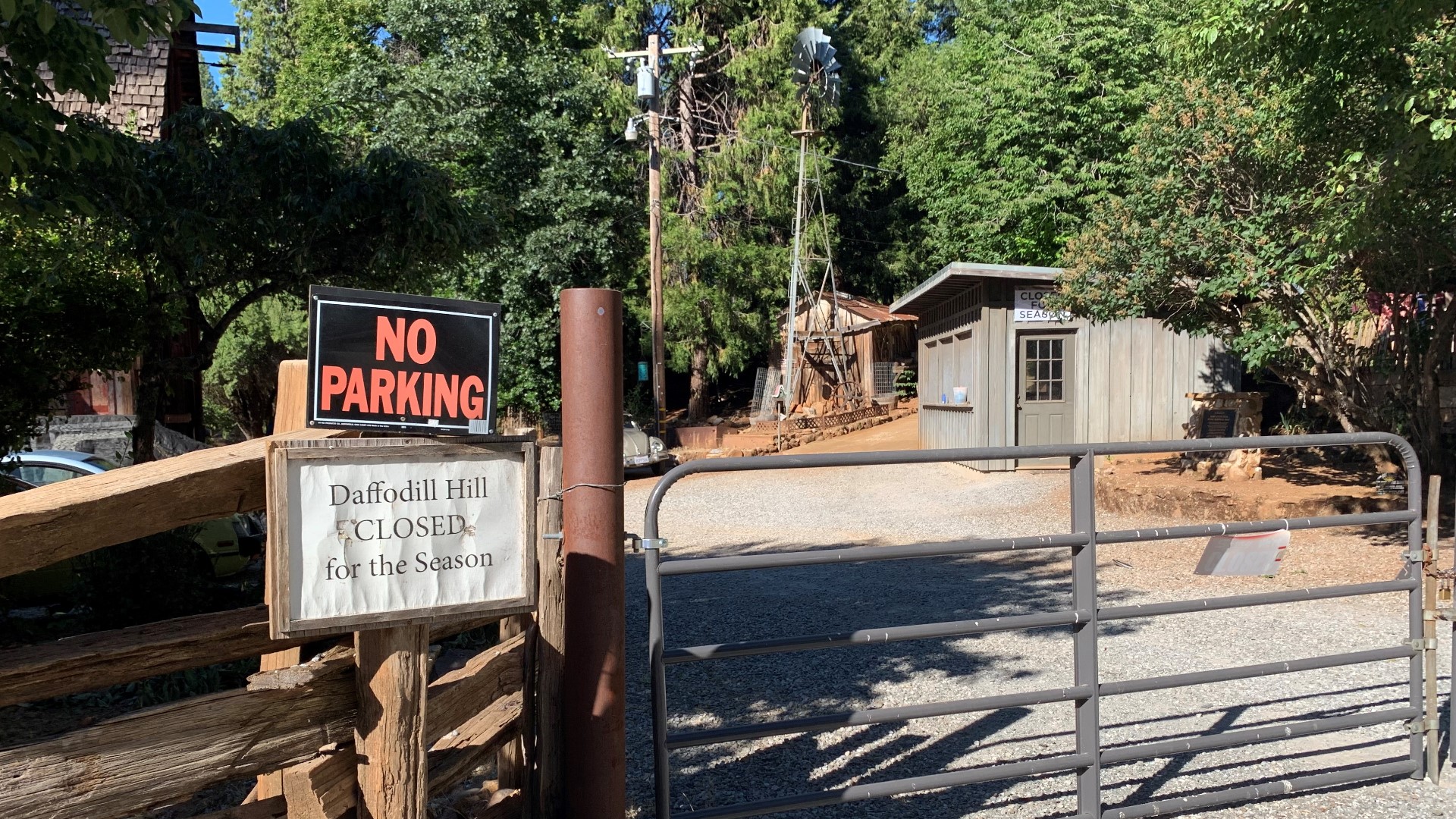AMADOR COUNTY, Calif. — With temperatures in the high 30s to low 40s, keeping students in class just wasn’t an option due to the PG&E shutoffs. Amador County Unified School District made the call to cancel class not once or twice, but six times when their classrooms were left in the dark.
“Almost all of us live right here in Amador County as well, so while we were navigating this [power shutoff] for our students, we were also navigating it for own families and personally,” said Amador County Unified Superintendent Amy Slavensky.
The shutoffs cancelled classes three days in row on two separate occasions. With 50% of Amador County students living at or below the poverty line and others dependent on the two free meals the district provides, Slavensky said those closures likely meant some students went without a proper meal.
High school students are at risk of failing AP exams, not meeting UC and CSU requirements, and possibly having less competitive college applications due to missing so many school days, according to Slavensky. Despite so much riding on each closure, the district said it wasn’t left with much of a choice.
“You can’t compare us to a larger school system that serves 10,000, 20,000, 30,000, or 40,000 students. They have far greater resources to rely on in situations like this,” Slavensky said.
An earlier power shutoff only impacted two of the district’s schools, and they were able to work through it. Class was held outside, generators kept the phones on, and they even brought in portable toilets.
“We were able to do that on that one day because it was only two schools and because the... weather outside was mild,” Slavensky added.
However, when the weather dropped to the high 30s and low 40s during the Oct. 29 shutoffs, they weren’t left with much choice.
“We do not have the infrastructure or the ability to support all 12 of our campuses when the weather is cold,” Slavensky said.
“It would have been far too cold to have our teachers take our students outdoors and teach our students lessons or to stay indoors in very, very cold classrooms,” she added.
Exhausting the two emergency days in their schedule, the district now has to submit a waiver to the State Board of Education to make sure they don’t lose out on "average daily attendance" revenue.
Even small things were impacted from the shutoffs. Phone lines at Amador County Unified were left scrambled and unable to even a transfer a call after the recent shutoff. During the power outage, their battery backup system wore out and the server that powered their phones, internet, district email, and student information system was down for 24 to 48 hours.
While the district says they managed to control the situation, the frequency of these power shutoffs and their impacts weren’t anticipated, and they intend to be better prepared for them in the future.
While generators for the schools have been discussed, they aren't plausible in the near future, Slavensky said. The schools range in size from 200 to 780 students in the district, so generator needs would vary widely from school to school.
One strategy the district is looking toward is adding in more emergency days to the school year calendar. Their current calendar allots for two.
As far as filling the gap in learning days, Slavenksy says the district is working out ways to craft interventions and supports for students who might need them.
"We're confident that we're going to be able to help our students fill the gaps that have occurred this month," she said.
FREE ABC10 APP:
►Stay In the Know! Sign up now for ABC10's Daily Blend Newsletter
WATCH ALSO:
Many schools across Northern California looked like ghost towns on Monday as districts made the decision to keep students home during PG&E's power shutoffs.



